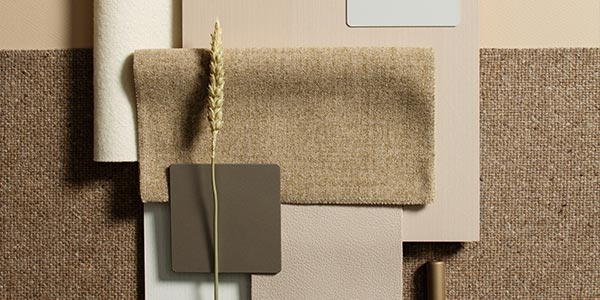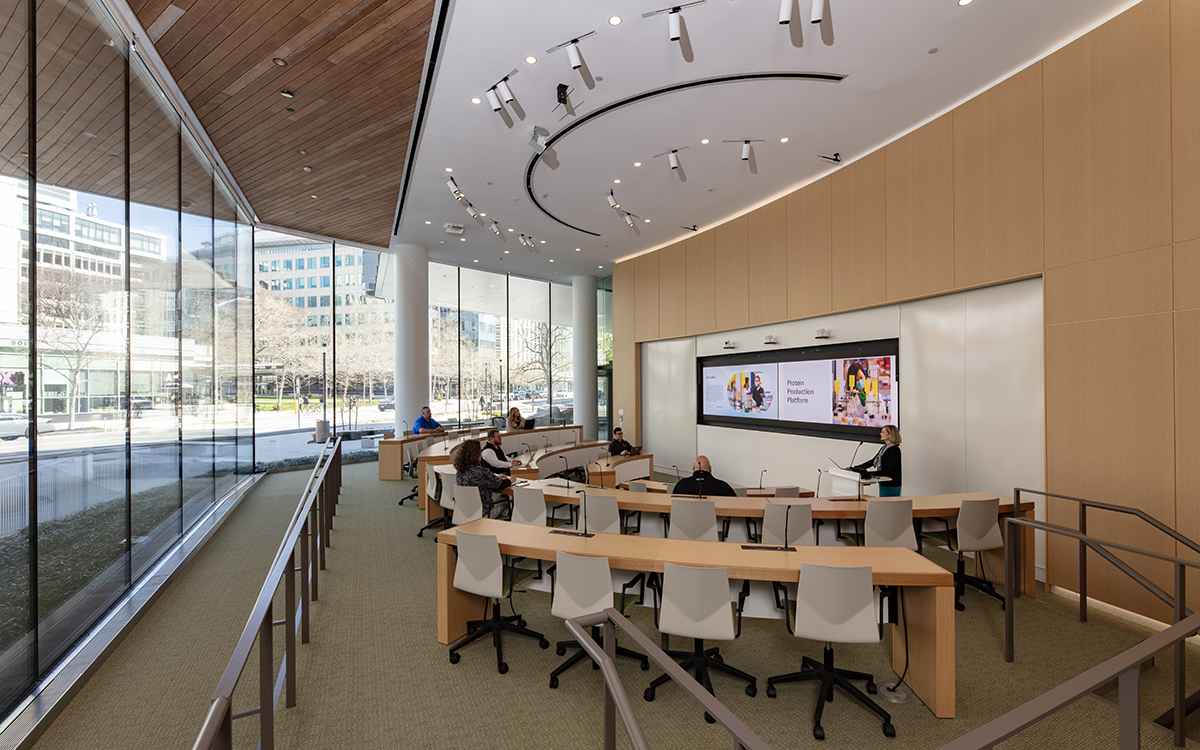In August, we posted a blog about how biophilic design can help reduce stress and encourage renewal in the workplace. Further to understanding what biophilic design is and why it can be so beneficial, is learning how to better integrate biophilic design principles into your workplace.
Incorporating nature into workplace design need not be as literal as framed prints of outdoor scenery or leaves etched onto a glass tabletop. Truly successful biophilic design helps people feel like they have places to settle, explore, adapt and be creative in their workplaces.
The following applications offer a more refined, subtle perspective.

1. Sensory Richness
Workplace environments that engaging multiple senses allow people to more easily experience renewal and inspiration. An example is that the severe right angles and flat colors often used in office spaces aren’t naturally occurring in nature. Nature provides a wide range of organic shapes, so rounded forms like domes, arches, and vaults provide psychological comfort. Live elements within an office space, such as plants, have been shown to help prevent fatigue around tasks that demand high concentration.
2. Natural Rhythms
People experience improvements in mood and sleep when views, length of day, and workplace temperature are more in line with what’s happening outside. Natural light counteracts the flatness of artificial lighting and overstimulation of bright screens, helping people to feel alert, optimistic, and well. Air flow is another natural element that connects people to a sense of climate, freshness, and seasons.
3. Challenges in Nature
Encountering challenges in natural settings, from crossing a landscape to creating shelter, is part of how people learned to overcome adversity and build resilience, according to social ecologist Stephen Kellert. Facing challenges inspires us to creatively solve problems with resourcefulness, empathy, collaboration and awareness. In the workplace, wayfinding through environments helps people to build cognitive and perceptive skills.
4. Local Distinctiveness
Using local natural colors, features, and materials is commonplace in architectural and design character of most places. From wood to stone to clay, people instinctively prefer natural materials to artificial or foreign ones. These elements can provide positive associations and make office spaces look less antiseptic and anonymous. Incorporating local symbols adds greater attachment to the community, especially workspaces in renovated and repurposed buildings.
Through these applications, biophilic design helps define richer possibilities and priorities for workplace design. Ultimately, greater creative potential will be unlocked in a rejuvenating work environment—where nature fosters a sense of meaning, belonging and wellbeing.
Looking for information on ancillary furniture for residential inspired work spaces? Contact us!





